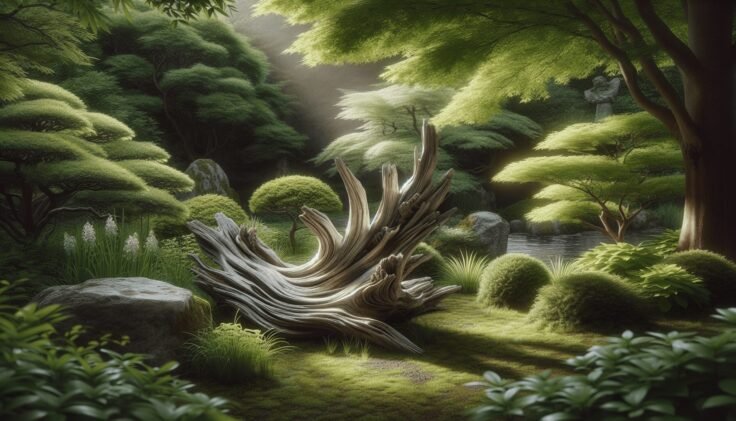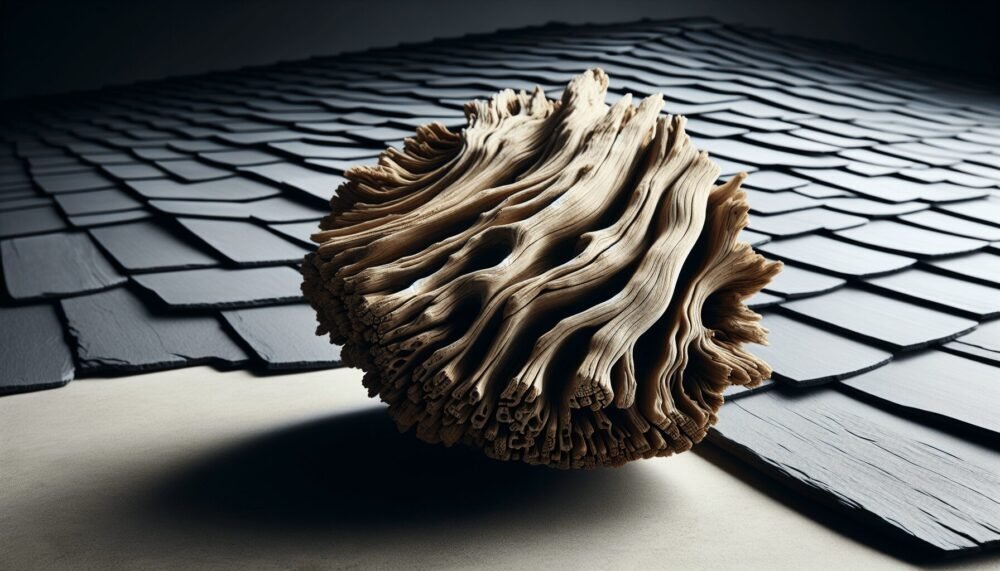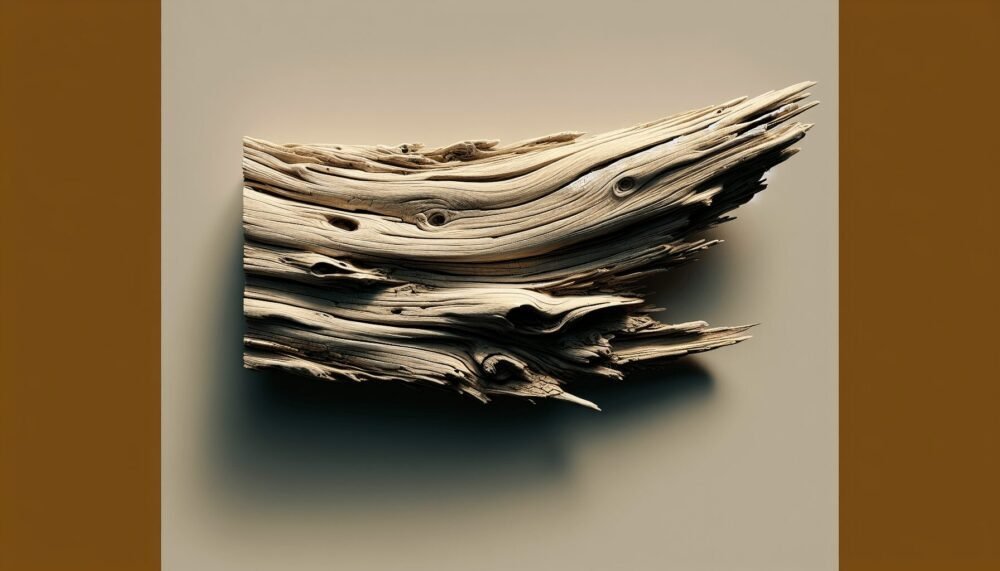Have you ever imagined a home that blends the elegance of the ocean’s art with the warmth of natural design? Driftwood home decor embodies this beautifully. As you consider introducing this soothing theme to your living space, you might explore how to incorporate driftwood elements seamlessly into your home, creating a serene sanctuary. In this detailed guide, let’s journey through various aspects of designing a driftwood-inspired home, enhancing your understanding of this unique and charming style.
Understanding Driftwood Decor
Driftwood decor is a versatile and timeless design choice that harnesses the raw beauty of nature. It involves using pieces of driftwood—those sun-bleached, sea-weathered, textured wood pieces you often find washed ashore. These authentic elements introduce an earthy, coastal, and rustic vibe to your living spaces.
The Appeal of Driftwood
Why driftwood? It’s simple: driftwood carries the allure of stories it can tell through its journey at sea. Each piece of driftwood is unique, offering distinct shapes, colors, and textures. This uniqueness allows you to introduce elements of individuality into your decor that resonate with a deep connection to nature and an appreciation for eco-conscious decisions.
Sustainability and Driftwood
Embracing driftwood in your home isn’t just an aesthetic choice; it’s also an environmentally friendly one. Driftwood often repurposes naturally fallen wood that would otherwise remain unused, making it a sustainable option for home decor. By choosing driftwood, you contribute to an eco-friendly lifestyle while enjoying nature’s art.
Designing Your Driftwood Home
Integrating driftwood into your home design can transform ordinary rooms into captivating spaces that echo the tranquility of the coast. Here’s how you can incorporate driftwood in different areas of your home.
Living Room Focus
Start by making your living room a showcase of driftwood art. Consider a driftwood coffee table that acts as a conversation starter. Its unique patterns, combined with a glass top, make it both functional and artful.
Driftwood Accents:
- Use driftwood as a base for lamps, creating warm ambient lighting with a natural twist.
- Decorate your walls with driftwood mirrors or frames. The natural finish of driftwood complements various color palettes and adds depth to walls.
Driftwood in the Kitchen
In the heart of your home, driftwood can enhance coziness and functionality. A driftwood-topped kitchen island or open shelves crafted from driftwood planks add rustic charm.
Tips for the Kitchen:
- Driftwood chandeliers over the dining space create a focal point that draws attention upward.
- Utilize smaller driftwood pieces as handles on cabinets and drawers for subtle yet effective detailing.
Bathing in Beachy Bliss
Transform your bathroom into a spa-like retreat with driftwood elements that bring zen and relaxation. Driftwood can be used creatively to frame mirrors or as towel hooks.
Bathroom Ideas:
- Opt for a driftwood vanity, which pairs beautifully with stone sinks.
- Incorporate driftwood wall art or shelving to continue the coastal theme.

Enhancing Bedrooms with Driftwood
Your bedroom should be a restful sanctuary, and driftwood can enhance this through its calming presence.
Driftwood Bed Frames
Consider a bed frame crafted from driftwood to become the centerpiece of your room. The natural colors and textures introduce a sense of relaxation and serenity.
Additional Bedroom Ideas:
- Decorate nightstands with driftwood lamps.
- Introduce a driftwood headboard to further the theme without overwhelming the space.
Bringing Driftwood Outdoors
Extending driftwood decor to your outdoor spaces can create a seamless blend between the inside and the natural world. Driftwood can offer both functional and aesthetic benefits in outdoor settings.
Patio and Garden Ideas:
- Driftwood planters or garden ornaments are excellent for adding unique points of interest.
- Use driftwood to construct a pergola or trellis, inviting climbing plants to intertwine naturally for an organic, integrated look.
Maintaining Driftwood Decor
To keep your driftwood pieces beautiful and long-lasting, it’s essential to understand their maintenance requirements. Driftwood is generally low-maintenance but benefits from some occasional care.
Cleaning and Care
Driftwood surfaces can collect dust, so it’s important to dust them regularly with a soft cloth. For deeper cleaning, a gentle soap solution can be used, but avoid rigorous scrubbing to preserve the natural texture of the wood.
Protecting Driftwood
To protect driftwood exposed to the elements, consider a light sealant application to preserve its color and texture. This is especially useful for outdoor furniture or decor.

Finding and Choosing Driftwood
While some enjoy scavenging for their own driftwood pieces, others prefer sourcing from artists or businesses that specialize in driftwood decor. Both methods have their benefits.
Collecting Your Own Driftwood
Being hands-on in gathering your driftwood is an adventurous way to ensure each piece holds personal meaning.
Considerations:
- Choose locations where collecting driftwood is permitted.
- Select pieces free from excessive moisture or decay.
Purchasing Driftwood
If you prefer a curated selection, many artists and websites offer driftwood items that fit a variety of styles and budgets.
Shopping Tips:
- Explore online marketplaces for unique finds.
- Visit artisan markets for handcrafted pieces that support local craftspeople.
Combining Driftwood with Other Styles
Driftwood is flexible and can complement other decor styles seamlessly. Here’s how it intersects harmoniously with different interior design themes.
Coastal and Nautical Styles
Driftwood naturally aligns with coastal and nautical themes due to its origins. Pair driftwood with soft blues, whites, and sandy tones for a true maritime feel.
Enhancements:
- Add seashell or rope accents for texture.
- Incorporate ocean-themed artwork to highlight the seaside atmosphere.
Rustic and Farmhouse Styles
Driftwood’s raw textures are a perfect match for rustic and farmhouse designs, providing contrast and balance to heavier wood pieces typically used in these styles.
Design Tips:
- Use aged metals and antique elements alongside driftwood for a cohesive look.
- Introduce plaids or burlap textures to enhance the rustic ambiance.
Creating DIY Driftwood Crafts
Unleash your creativity by using driftwood in do-it-yourself projects, offering a personal touch to your decor.
Simple DIY Projects
Creating simple driftwood decor pieces is a rewarding process that allows you to customize your space.
Ideas:
- Make a driftwood coat rack by attaching hooks to a smooth piece of driftwood.
- Fashion a driftwood candle holder for tea lights or scented candles.
Advanced DIY Projects
For those with more experience, larger projects like a driftwood chandelier or a custom driftwood headboard provide a rewarding challenge.
Steps for a Driftwood Chandelier:
- Gather several varied pieces of driftwood.
- Connect pieces with natural rope or wire, ensuring even distribution.
- Attach a lighting fixture for an artistic, luminous design.
Incorporating Driftwood Art
Refining your decor can be as simple as adding a few pieces of driftwood art, complementing the overall aesthetic.
Wall Installations
Driftwood wall art is a captivating choice for rooms that need an eye-catching piece without overpowering the space.
Recommendations:
- Consider installations that utilize driftwood branches arranged geometrically.
- Hang driftwood sculptures to add intrigue and shadow play to walls.
Tabletop Art
Enhance coffee tables and mantelpieces with intricate driftwood sculptures or small arrangements that evoke natural landscapes.
Suggestions:
- Use driftwood sculptures that mimic ocean waves or abstract forms.
- Add glass elements to reflect light and highlight the wood’s natural grain.
Conclusion
Creating a driftwood home is more than a design choice; it’s a path to embracing nature within your living spaces, achieving a balance between rustic charm and serene elegance. By understanding how to blend driftwood with your existing style and exploring DIY options, you can cultivate a home environment that tells a story of nature’s journey while providing comfort and aesthetic appeal. As you embrace this artistic venture, your home can transform into a tranquil retreat that nourishes your connection to the natural world and inspires peace and creativity every day.

















